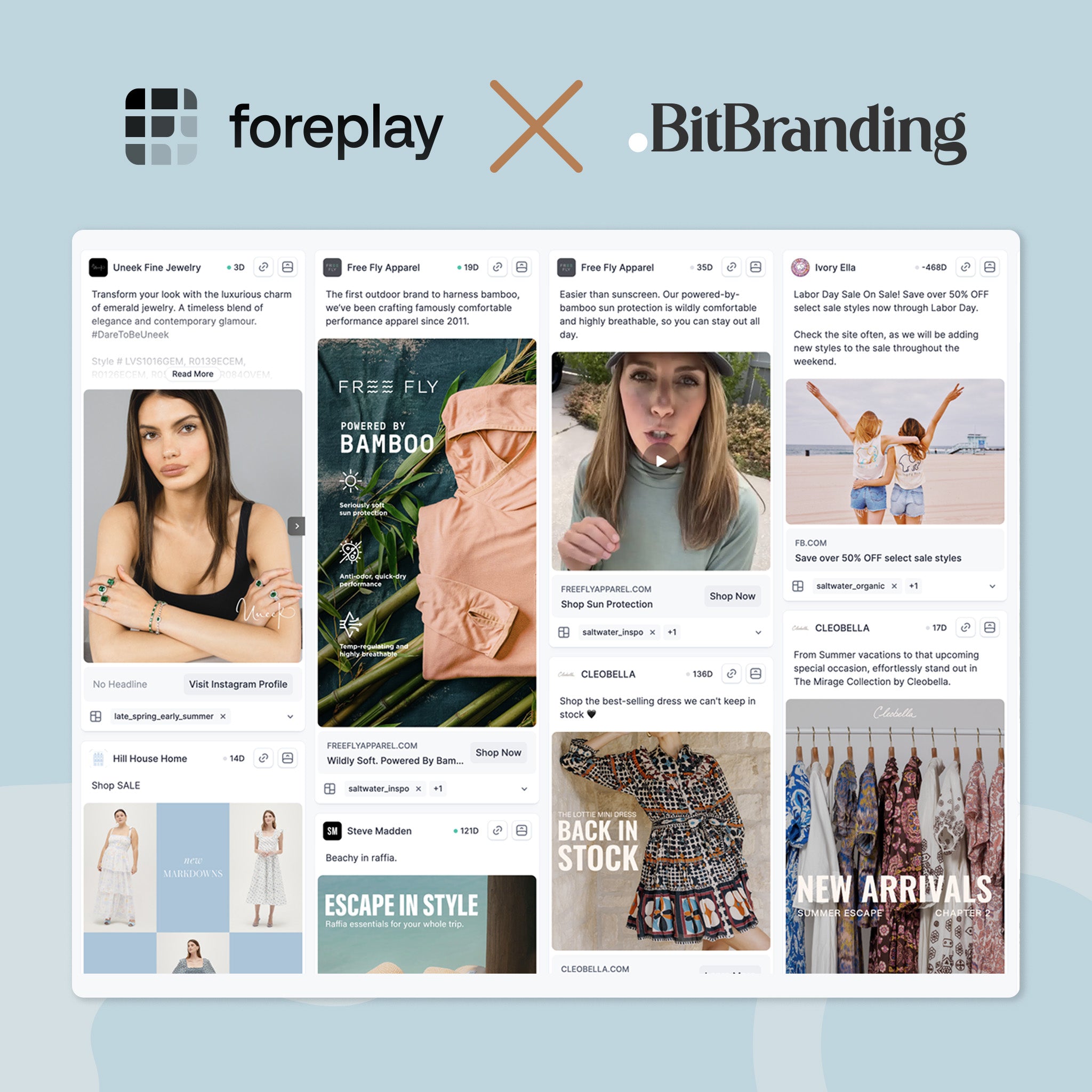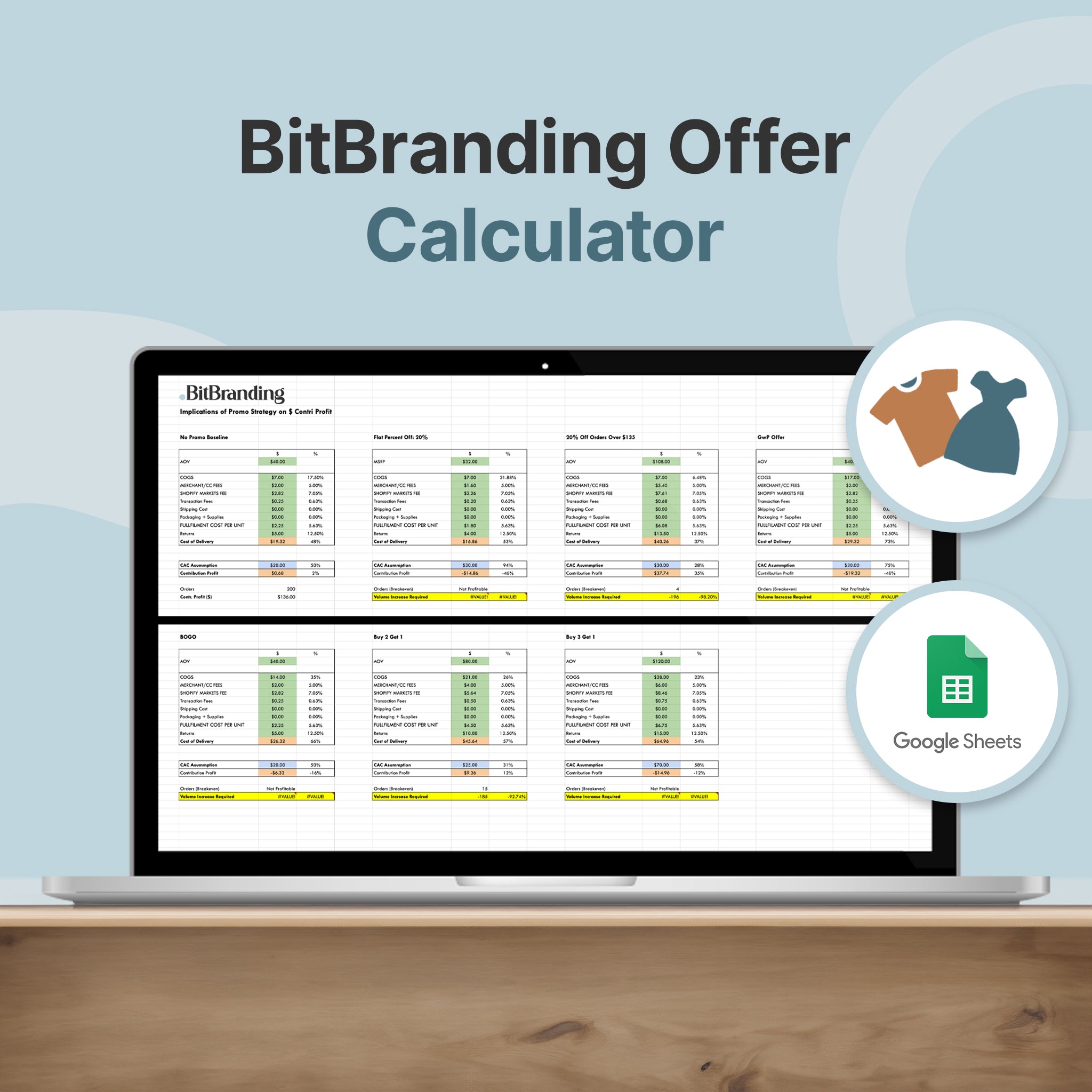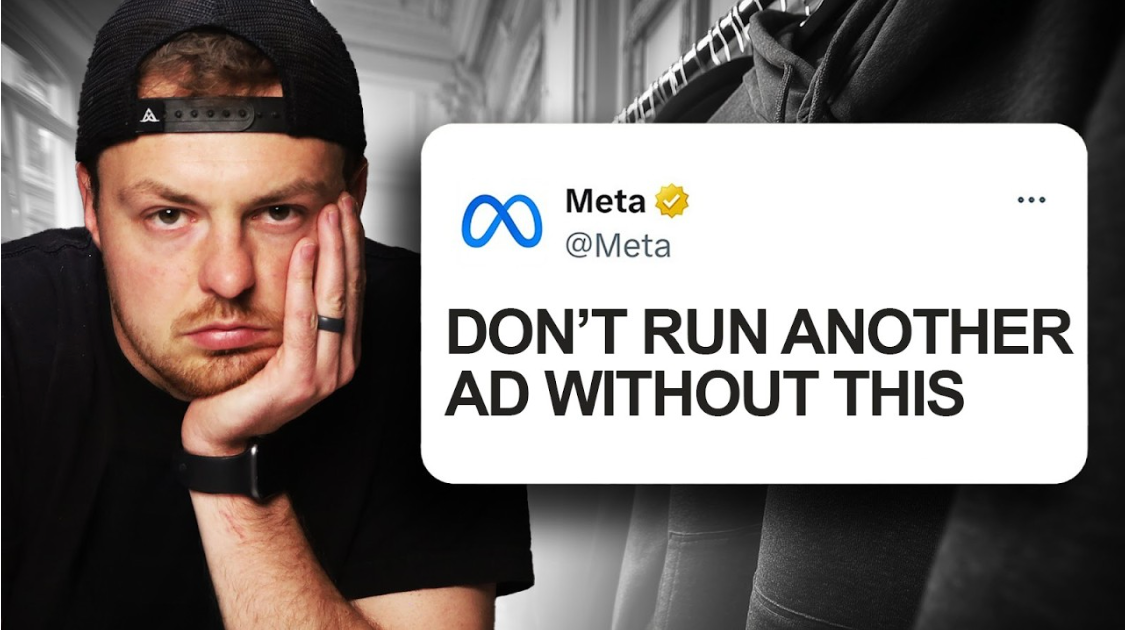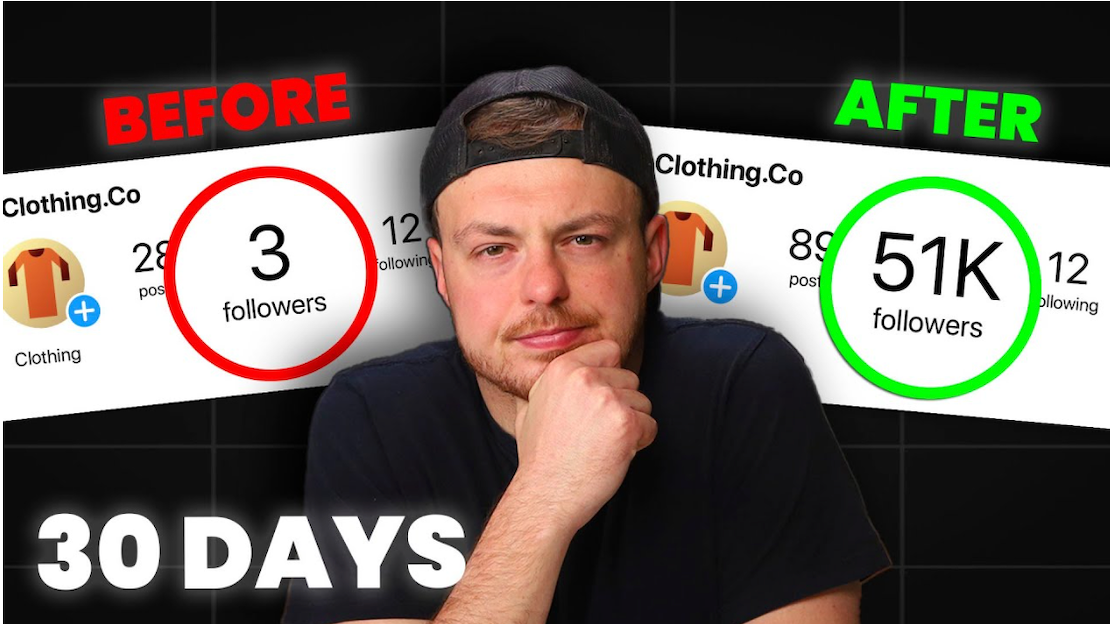The variety of social media services means thatit’s easy for users can find the one that suits them best, but it can bedifficult from a business perspective to find which one can help you reach yourcustomers most effectively. This is only further complicated when it seems likenew platforms are popping up all the time, and it’s difficult to tell whichones will take off and which will be defunct in a year or so.
Rather than spreading your time and attention toothin by trying to utilize every available platform, it’s best to know right offthe bat which websites and apps are worth your time and which ones you canskip. I’ve curated a list of five of the best social networking sites forbusinesses, and in this article we’ll dive into the best ways to maximize yourinfluence on each of them.
1. Facebook
Yes, Facebook has been in the news recently forsome highly unsavory reasons, but there’s a reasonwhy so many people remain on the platform despite its scandals. It’s still thebest platform for people to keep their friends and family updated on any andevery aspect of their lives, and it’s also one of the best services for keepingup with the businesses and companies you support. With over a billion monthlyactive users, it’s also the most popular social media website, which means itlikely holds your largest potential audience.
So what are the best ways to use Facebook to increaseawareness and improve consumer relationships?
The first step you need to take after setting upa page for your business is to flesh it out. Include your address, hours, phonenumber, website, menu, a concise description of exactly what it is that you do,and any other information that applies to your business. Coordinate yourprofile and cover photos for a more modern, eye-catching look.
Once your page is good to go, it’s time to startcreating posts and generating some traffic. Try to vary the format of yourcontent; a page that includes text posts and nothing else will undoubtedly havea high bounce rate. Text posts are usually not the most shareable. Instead, mixit up a little bit with an amalgamation of text posts, photos, videos, and evenlinks from other places that are relevant to you (as long as they aren’t yourcompetitors, of course). Use hashtags within your posts to increase yourvisibility across the website. Another thing Facebook is very useful for isengagement: try to set a goal of how many likes, comments, and shares youreceive each month. If you miss the mark, it might be time to reevaluate whatyou could change in order to motivate your customers to interact more often.
One dilemma that businesses on Facebook can faceis how to handle negative reviews, which can pose a large problem as they arevisible to anyone who visits your page. When it comes to bad review etiquette,my number one rule is not to delete them. I have followed a few pages that havedone this in the past. In my experience, users soon caught on fairly quicklyand have warned others against the business’s page because of it.
If you want to cultivate an image as an honestand trustworthy brand, respond to those criticisms. It’s a good idea to try andrespond to as many reviews as you can anyway, good or bad, but it can beparticularly helpful to try and have a conversation with the critics. Let themknow that you hear and understand them, and if they’ve made a reasonablerequest, consider implementing some of their suggested changes. Your customerswill view you as more personable and reliable, and you’ll gain their respect asopposed to losing it.
2. Twitter
With Twitter, it seems like people go one of twoways: they either can’t figure out how to use it and abandon their profile, orit becomes their favorite platform to use as everything from their source ofnews to their personal journal. Regardless, this platform still boasts hundredsof millions of users, so you definitely shouldn’t discount it when looking fora way to increase awareness of your brand.
Because of the nature of the platform, most ofyour posts will be text posts, but you’ll be forced to limit your thoughts to280 characters or less. Although you can technically insert videos in your tweets,the format doesn’t lend itself to that as well as Facebook. If you want tobreak up your feed a little bit, the best way to go about that is throughembedding photos or GIFs.
As far as content, most people use Twitter as away to stay updated on current news. The shortcut to gaining followers,retweets, and likes is through relevancy: find a way to relate your business orproducts to the news of the day and tweet about it. Before you do this, figureout your business “voice.” Will you be more classically professional or casualand off-the-wall à la Denny’s? Decide what suits you best and stickwith it, and try to consistently post at least a couple times a day - afteryou’ve proofread your tweets. Just like Facebook, take advantage of the hashtagsystem to make your tweets easier to find.

3. LinkedIn
This might not be the most fun website to buildup, but it’s certainly useful. LinkedIn’s Wikipedia definition calls it “abusiness- and employment-oriented service that operates via websites and mobileapps.” Much like Facebook, the first thing to do on this service is to buildyour business page. Try to include a lot of the same information you put onyour Facebook page: a company description, your industry, what you specializein doing, your company size, where you’re located, etc. Again, try to make yourpage as complete as possible. It’s more attractive to those who visit yourpage.
Besides making listings for any open positionsyou have, the best way to increase your awareness on LinkedIn is to use it as ablog. Keep in mind that LinkedIn’s audience is a bit more mature than eitherFacebook or Twitter, so even if you’ve adopted a casual tone on either of thosewebsites, you may want to be a little more restrained and refined on this one.
Write posts about the industry you’re in - weighin on any developments or news, give some tips, or personalize your companywith insight on your workplace and employees. Speaking of employees, make surethey all have individual LinkedIn profiles that are also kept up-to-date. Thegreat thing about LinkedIn is that it’s broken down by industry, so you knowthat the people who follow you will likely be interested in any content that’srelated to your field.
4. Instagram
The final two forms of social media that workwell for businesses and brands are fairly self-explanatory if you’ve ever usedthem, as they basically have a singular use. In Instagram’s case, that use isessentially as a photo album.
If you’re going to use Instagram, use it well.Terrible photos aren’t going to attract anyone to your profile or your company.Take the time to set up a well-composed photo of your products, services,employees, or whatever else you deem to be photo-worthy, and edit your photosusing an app like VSCOor Afterlight.For photography tips, consult the last platform on this list. Create a themefor your photos so that when someone visits your profile, it appears to becohesive. If you’re going to make your photos dark and moody, make them alldark and moody; if you prefer the look of pastels, edit them all to be thatcolor scheme. It bears repeating that you should be incorporating hashtags inyour posts (but don’t go overboard).
Now that Instagram has stories and live videos,it’s even more appropriate for businesses. You don’t have to incorporate everyimage you take into a post that will be on your page forever. For example, ifyou’re having a noteworthy company event, post a few pictures or videos on yourstory to give your followers a little peek at what’s going on. Just don’t postmore than four or five per day, because a story that’s too long or that takesforever to load is almost definitely going to be skipped. As for live videos,use them as a way to promote sales or new releases and to connect one-on-onewith your customers. Shout out specific people when they join or comment onyour livestream. This will help your customers put a face to your company,which never hurts.

5. YouTube
The ways in which you can use YouTube to benefityour company might be obvious, but it’s still worth mentioning because it isthe most heavily-used and recognizable video platform on the internet. If youmake products or offer services that lend themselves to video in any way atall, you should try your hand at generating some YouTube content.
It certainly helps to have expensive videorecording equipment, but it’s definitely not necessary. A phone with a decentcamera is all it takes. The ideal way to come up with an idea for a video is tothink of the problems your potential customers might have. For example, ifyou’re a bike repair shop, a common problem your customers might have is flatbike tires. In response, it could be helpful to make a video on how tore-inflate your tires.
Shoot the video in good lighting, make sure thesound is clearly audible but not blaring, and try to minimize any echoing. Ifdone incorrectly, these three factors can be huge turn-offs for viewers. Edityour footage down to a watchable length (anywhere around 10 minutes tends to begood). The last thing to do before you post is to come up with a succinct titleand a striking thumbnail that will get people’s attention. Finally, you’ll ofcourse want to share your video on Facebook and LinkedIn and post anannouncement that you’ve uploaded a new video on Twitter and your Instagramstory!











Share:
Meet the Team: Ritika Khasgiwale
4 Simple Ways to Attract More Traffic to Your Site